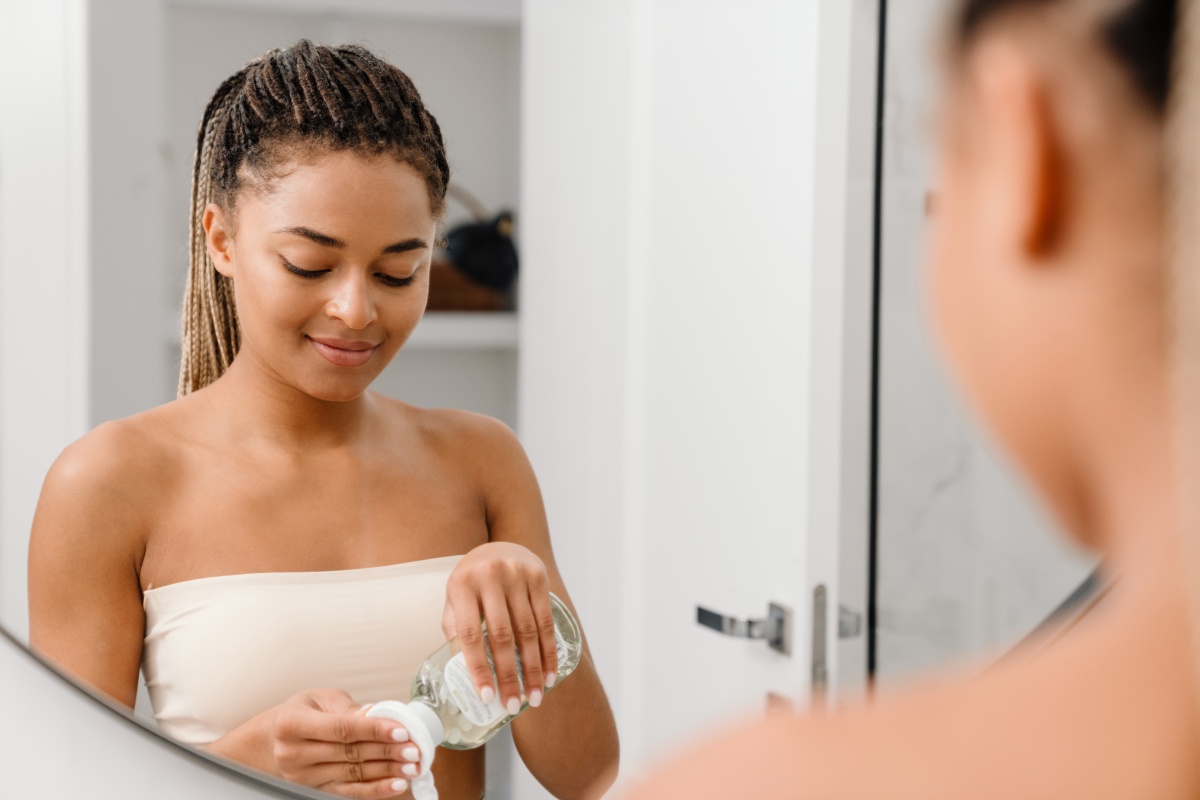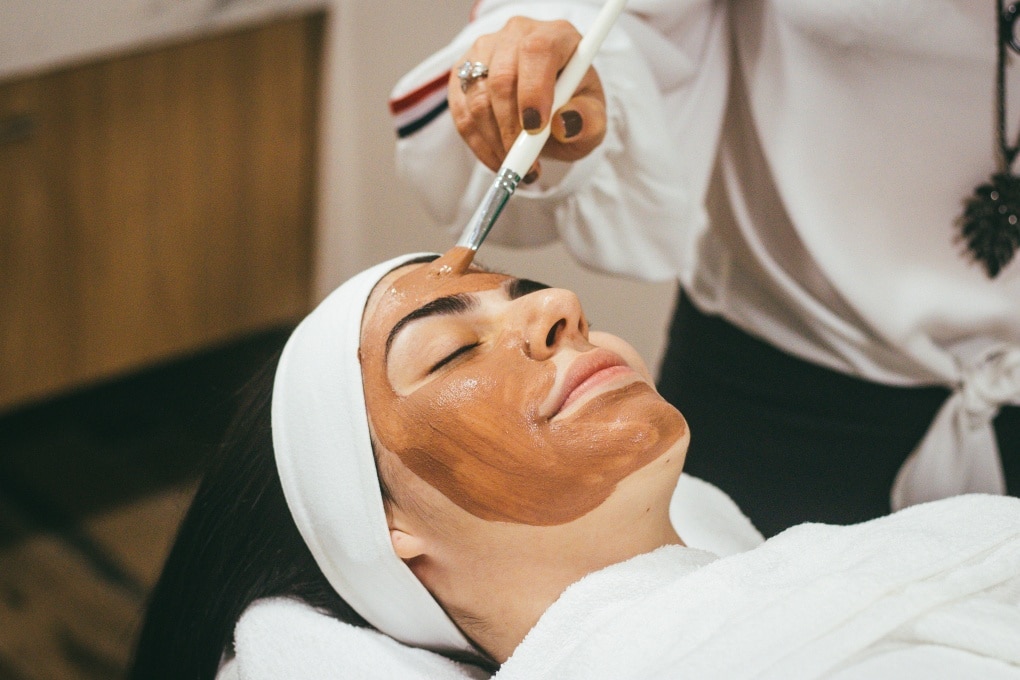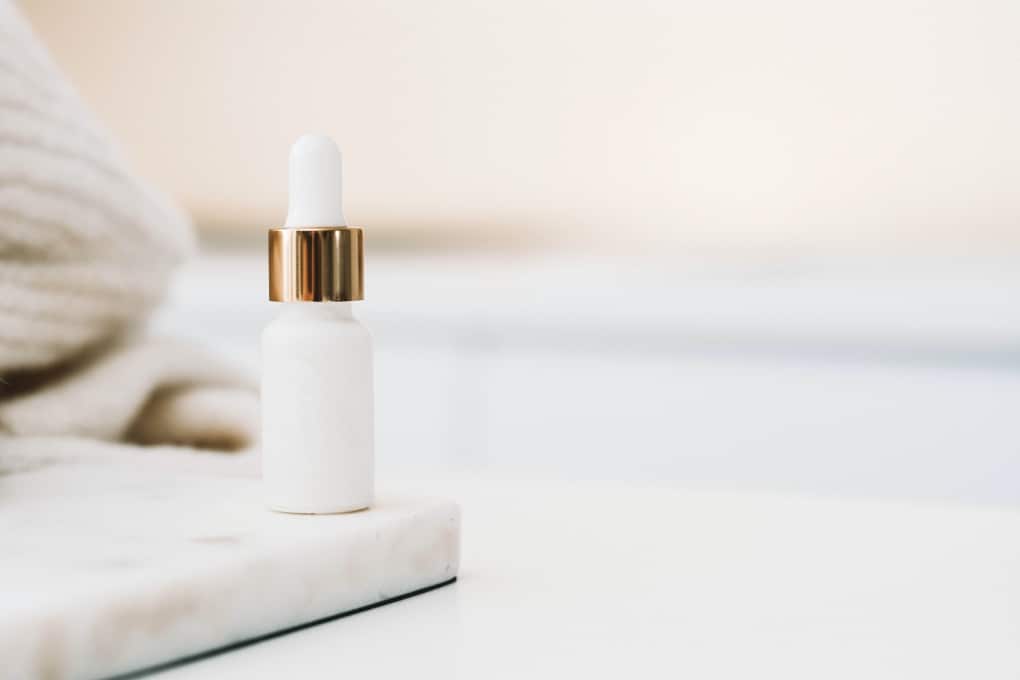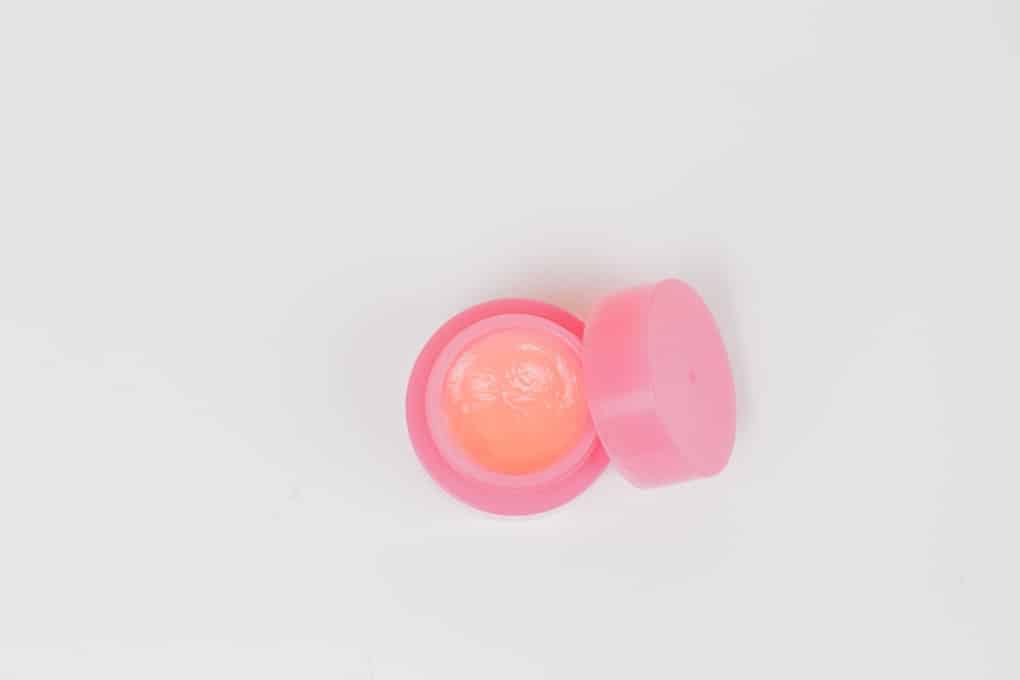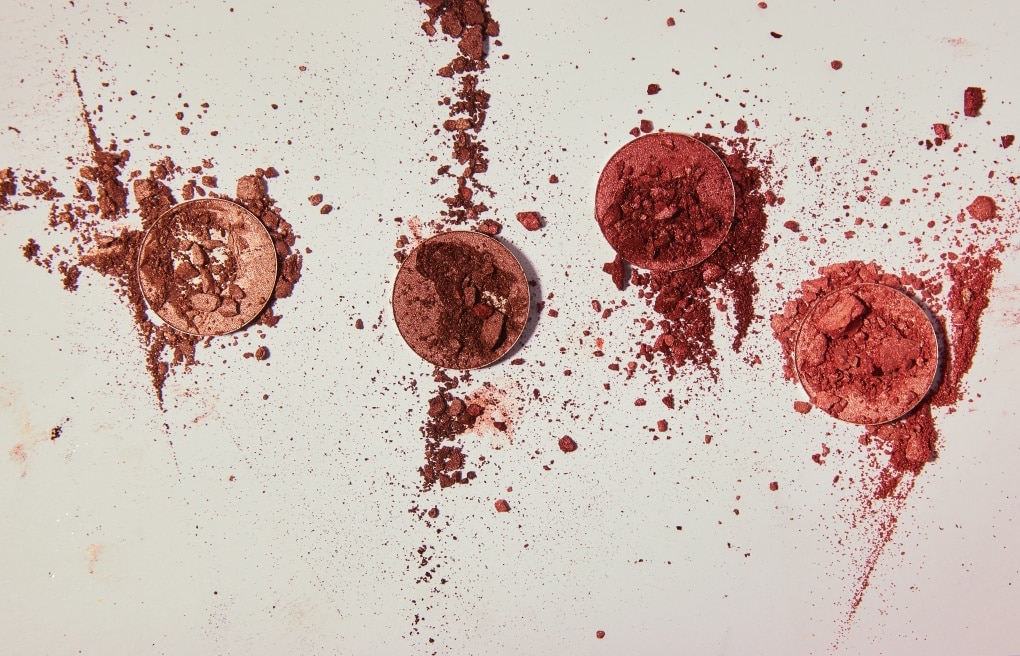Do retinol and rosacea work well together? Can this skincare ingredient be supportive for sensitive skin? Navigating skincare can be particularly challenging for those with rosacea or any type of sensitive skin. You may have even tried a wide range …
5 Summer Skincare Tips from a Nurse and Skin Expert with Rosacea
Summer skincare is about more than just wearing sunscreen. To ensure your skin stays glowing and healthy all season long, it’s crucial to adapt your skincare routine to meet the demands of the summer months. Plus, the right summer skincare …
Zinc Oxide Sunscreen for Face Protection: What You Need to Know
You may have been told to buy zinc oxide sunscreen for face protection—but do you know why? First and foremost, protecting the skin on your face is critical for avoiding premature skin aging and cutting the risk of several types …
Are Facials for Rosacea a Good Idea? What You Need to Know
It may seem like facials for rosacea are a great way to ease symptoms. For people with problem-free skin, facials can be a supportive skincare tool. For folks with rosacea, however, facials can actually cause more pain and irritation thanks …
Rosacea Causes and Risk Factors: Demystified
The exact cause of rosacea is not known. Which may be the reason so many sufferers feel unable to find concrete explanations of the causes and risk factors of rosacea. Researchers believe that it is a complex disorder that involves …
Rosacea Care Best Practices
Shannon L. Johnson NP-C, Founder and Formulator, MeridaSKIN Avoidance of Irritants, Allergens and Pore-Cloggers Ingredients with high irritation, allergy and pore-clogging potential are common in cosmetic products and topical medications in the United States. These products are often labeled or …
Skingredient Savvy: Parabens
Parabens show up in personal care products as preservatives. They serve the essential safety function of inhibiting microbial growth. They are included as part of a formula to guard against it becoming a factory for bacteria, mold or yeast in …
Skingredient Savvy: Sulfates
Sulfates serve as surfactants in personal care products such as skin cleanser and shampoo. The word surfactant is a shortening of surface-active agent. Surfactants reduce surface tension in liquids, making them useful in removing oil and debris from skin and …
How to Read a Cosmetic Label in U.S.
Cosmetic Labeling Law: Who and How The United States Food & Drug Administration (FDA) regulates cosmetic labels under the authority of both the Federal Food, Drug, and Cosmetic Act (FD&C Act) and the Fair Packaging and Labeling Act (FPLA). In …
Situation Report: Cosmetic Safety for Humans in 2022
Authored by Shannon L. Johnson, MSN, NP-C Cosmetics Defined Cosmetics are legally defined in the United States (U.S.) as, “articles intended to be rubbed, poured, sprinkled, or sprayed on, introduced into, or otherwise applied to the human body…for cleansing, beautifying, …
- Page 1 of 2
- 1
- 2

